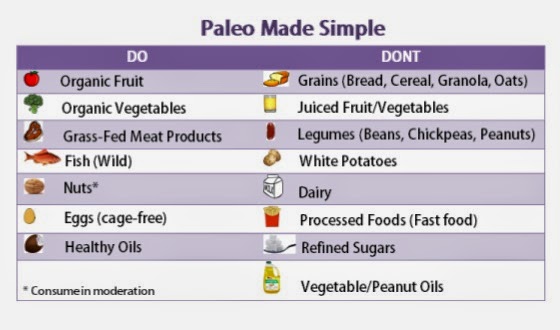I have heard people rave about how good spaghetti squash is as an alternative to traditional spaghetti, and since it's Paleo-friendly, I decided to see for myself. Now, although baking the squash takes more time than boiling traditional pasta, the health benefits, great taste and ease of popping the squash into the oven make this step worth the additional time. Not to mention the fact that you can easily bake, separate and refrigerate/freeze this ahead. Pasta does not do well as a left over... Bonus!!
Ingredients:
- 1 spaghetti squash
- 1 tsp olive oil
- 1/2 small yellow onion
- 1/4 red bell pepper
- 1-2 cloves garlic
- 1 tsp fresh grated ginger
- 2 tsp tomato paste
- 1-2 tsp Coconut oil
- 1/2 (16 oz) can coconut milk
- 6 white mushrooms
- 1/2 tsp curry powder
- A pinch of cayenne pepper
- Salt and pepper to taste
- 1 tbsp fresh flat leaf parsley (optional)
- Tony Chachere's seasoning (optional)
Directions:
Preheat oven to 375 degrees F
With a large knife and a steady cutting board, cut the spaghetti squash in half length wise. The exterior is extremely hard so be very careful.
Once you have cut the squash into two halves, remove the seeds and stringy interior.
Yo can reserve the seeds to toast in the oven and use them as a garnish or snack.
Drizzle each half with olive oil, sea salt and black pepper.
Place both halves inside down onto a baking dish.
Place into the oven to bake for 35-45 minutes.
Remove from the oven and allow to cool just enough to handle.
Using a fork, separate the squash from its shell in a raking motion.
Empty into a large bowl and discard the shell.
For your sauce, dice up your veggies, and grate your garlic and ginger.
In a wide sauce pan, sauté the onion, bell pepper, mushrooms, and garlic until tender. Season with salt and pepper.
Add tomato paste, followed by the coconut milk, and the ginger.
Add the spaghetti squash to the mixture. Allow to simmer for about 15 minutes.
I personally think that Tony Chachere's adds the perfect balance of flavor to any dish, so you can add it to this dish to round out the favors, or you can omit it. Remember to factor in the sea salt that you've already added so as not to over-salt. Less of both is better.
You can also choose to finish this dish with a tablespoon of fresh flat leaf parsley.
I hope you enjoy this meal. If this is your first time trying spaghetti squash, you may be thrown off by the consistency of it if you're expecting it to taste like traditional spaghetti. Once you overcome that, you will be hooked! Ask my husband!


























.jpg)


